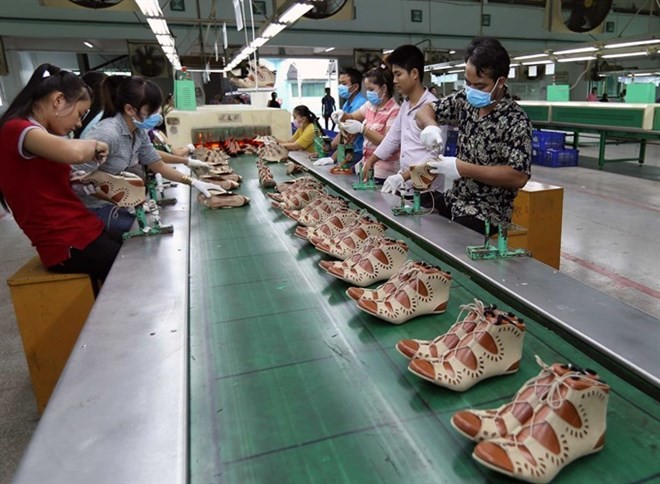
Vietnam’s leather and footwear products went to 100 countries, with the US, EU, Japan, China, and the Republic of Korea being the main buyers, it said.
Foreign companies accounted for more than 81 percent of the figure.
The Vietnam Leather, Footwear and Handbag Association (Lefaso) said local companies lack the resources to expand production or market, while foreign-invested firms have for many years invested to expand to capitalise on free trade agreements that Vietnam had signed or was set to sign, it said.
So the latter’s exports keep increasing, it added.
Though intra-ASEAN exports enjoy zero tariffs, leather and footwear exports to member countries remain modest compared to the sector’s potential.
The exports were worth less than $400 million last year, going mainly to Singapore, Malaysia, Thailand, and the Philippines.
According to trade experts, footwear companies do not treat ASEAN as a key export market.
But according to Lefaso, ASEAN is a hard market to crack since many other members are also strong players, especially Thailand and Indonesia.
Besides, many put up technical barriers to protect their domestic production, the ministry said.
Experts said that this year the world economy is expected to be better than in 2016, and China would continue to reduce investment incentives for textile and footwear to focus on high-tech sectors, meaning orders for shoes and bags would continue to move from China to Vietnam.
Nguyen Duc Thuan, Lefaso Chairman, said production and export of leather and footwear have been good this year.
The association forecasts exports to be worth $17.8-18 billion this year, an increase of 10 percent over last year, he said.
























